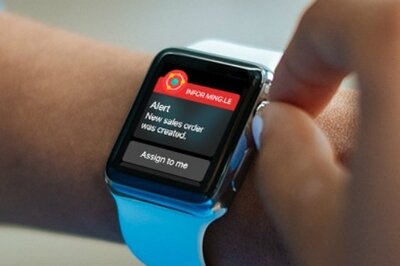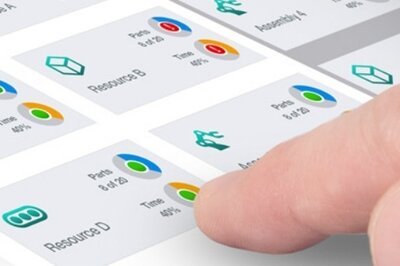
ERP Trends for 2014: Social ERP
Discover the ERP software trends set to dominate 2014, kicking off with social ERP.

Discover the ERP software trends set to dominate 2014, kicking off with social ERP.

Key insights on CMMC compliance, deadlines, and securing DoD contracts with CMMC 2.0 certificatio...

Illinois-based ERP provider IFS launches software for managing data from IoT devices


ERP software provider Infor has released Apple Watch versions of its Infor Ming.le and Infor Busi...

Read about the latest ERP social collaboration tools from vendors including Infor and VAI.

Read about the latest ERP social collaboration tools from vendors including Infor and VAI.

Two unstoppable enterprise IT trends, Cloud Computing and Big Data, will converge at the 13th Clo...

How have this year’s ERP predictions held up thus far? Louis Columbus looks at customer’s perspec...
Sub heading
Lorem ipsum dolor sit amet, consectetur adipisicing elit. Natus, molestiae dolorum suscipit fuga quasi!